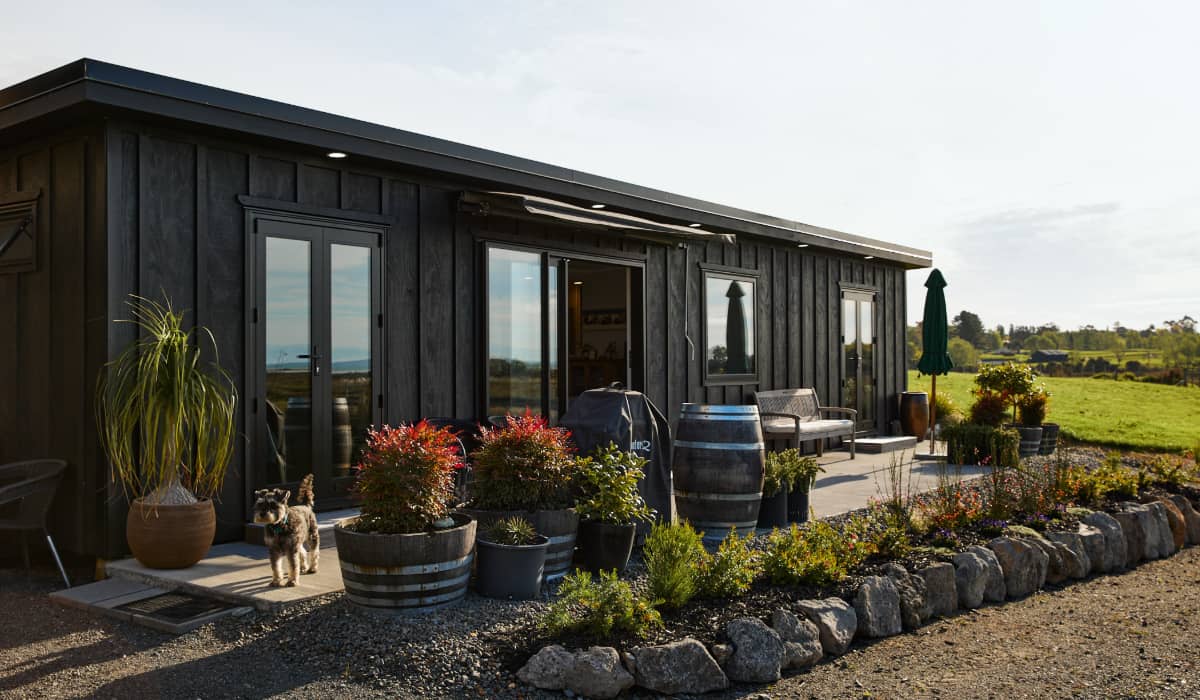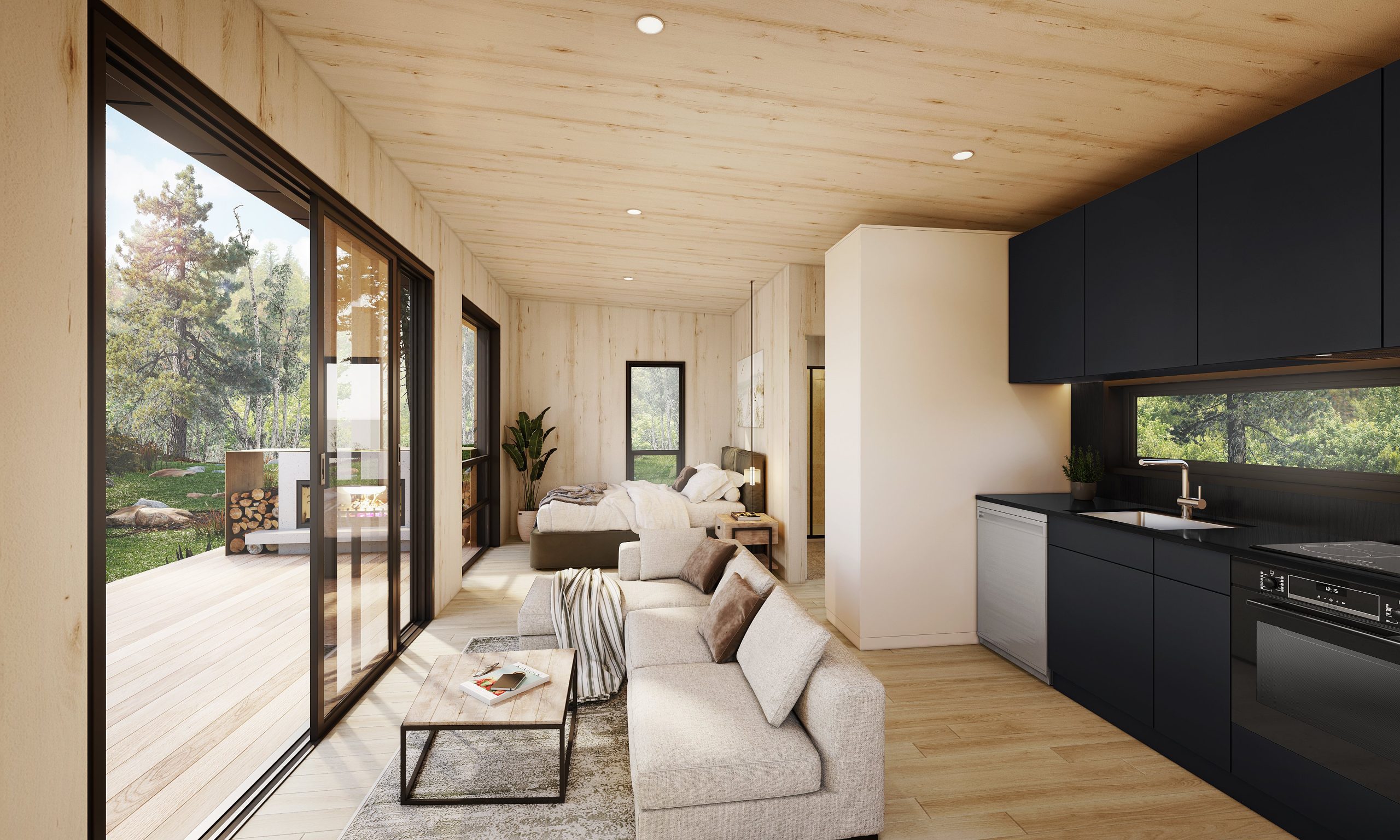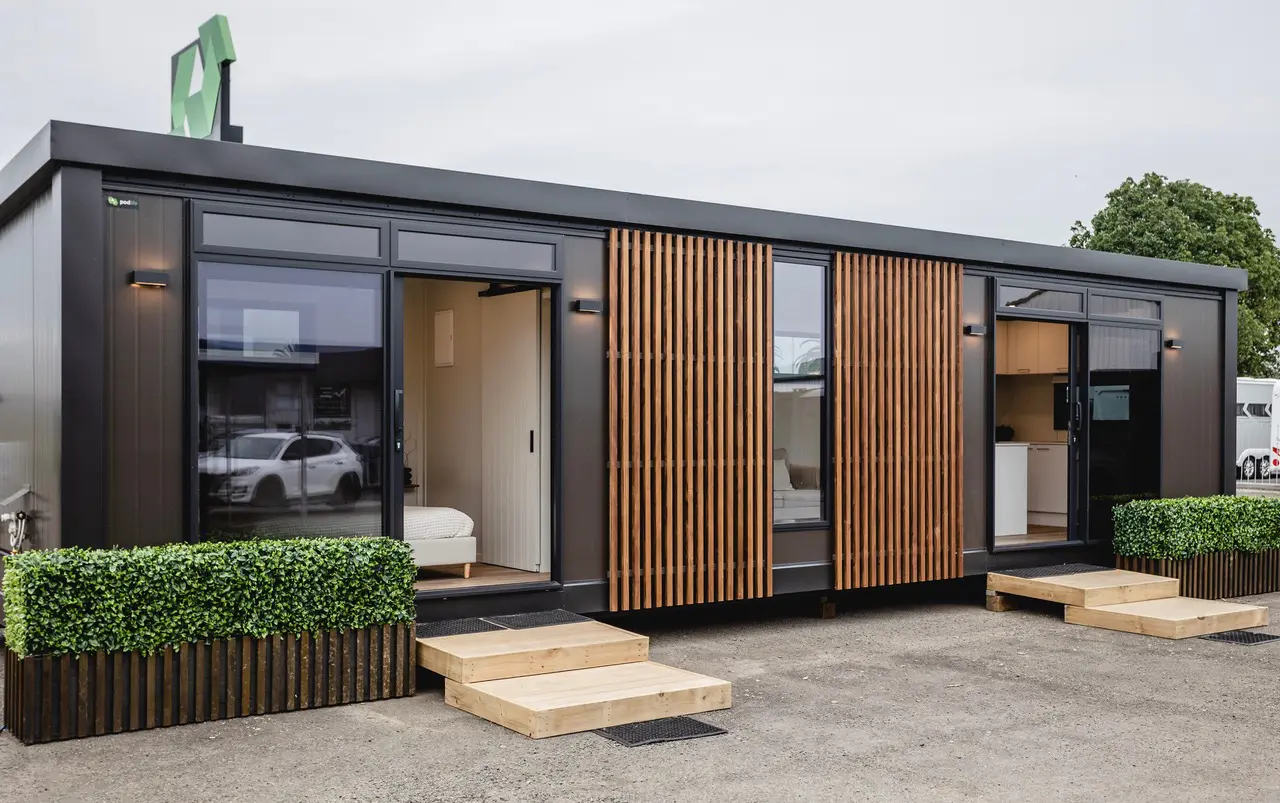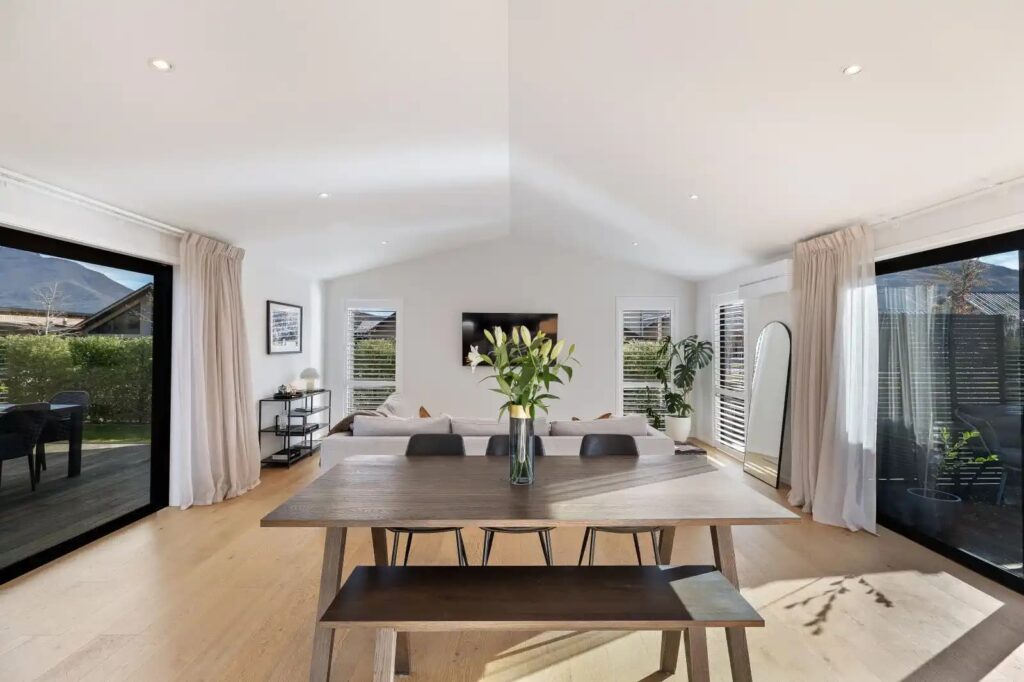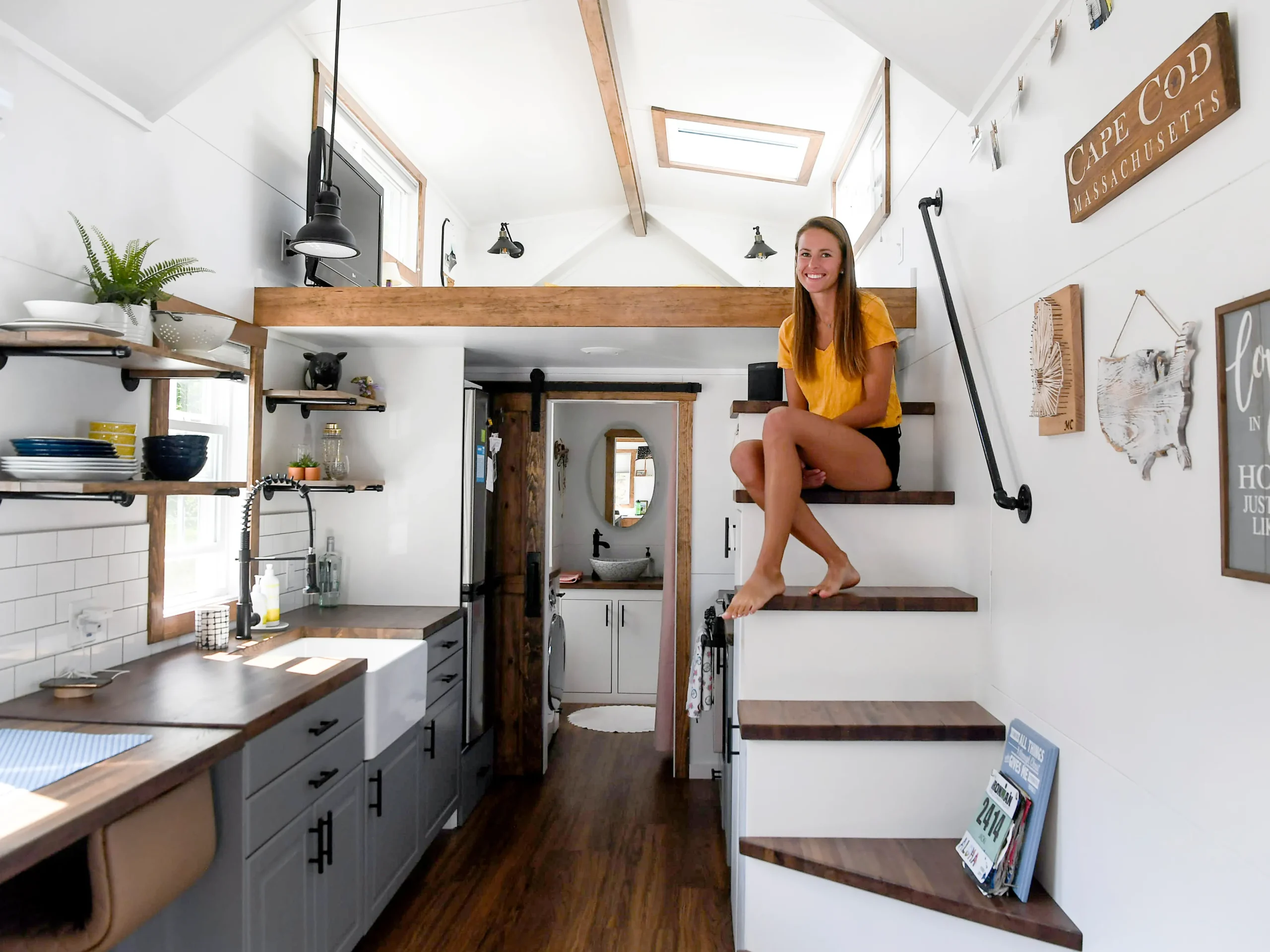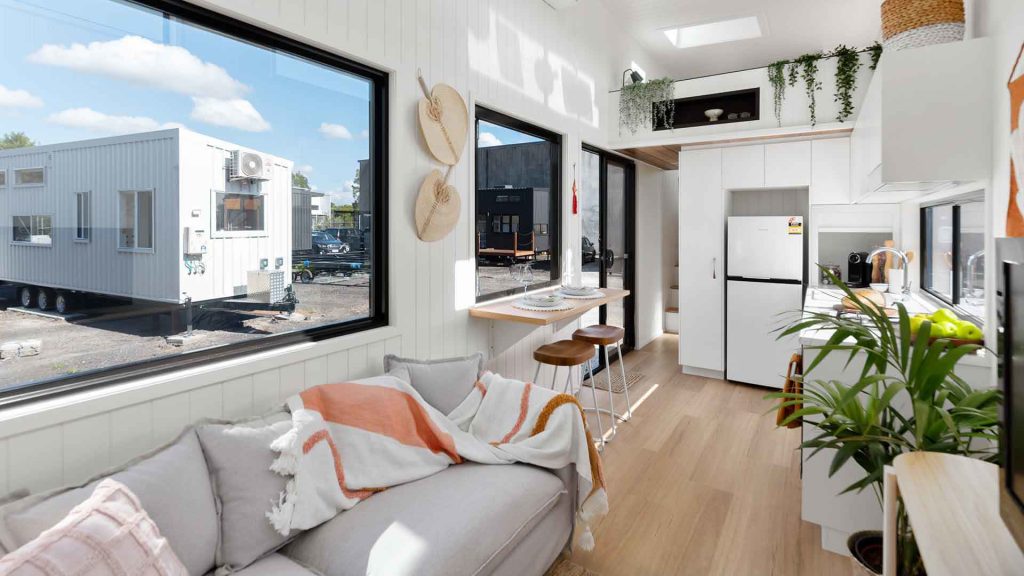Have you ever stopped to think about how much water you use daily? For most people, it’s an afterthought. But in a tiny house, it’s a question you can’t ignore. With limited space, smaller systems, and often off-grid living, water conservation is a top priority.
So, how much water does a tiny house use? And more importantly, how can you manage it efficiently without compromising your lifestyle? Let’s dive in and explore everything you need to know.
How Much Water Does a Tiny House Typically Use?
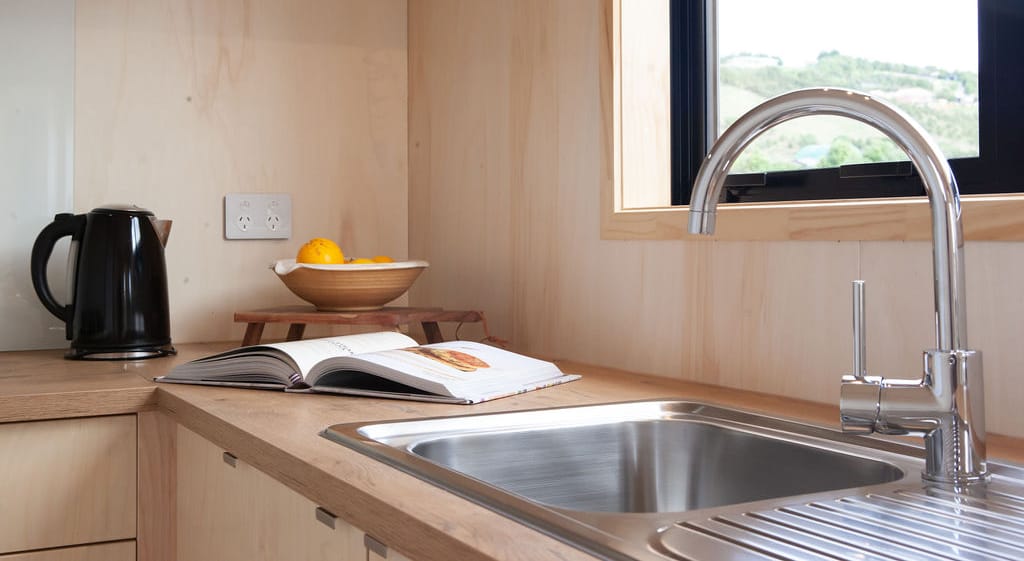
Understanding water usage in a tiny house can be a game-changer. It’s about finding the balance between comfort and conservation. Whether you’re on-grid or off-grid, your water needs will look vastly different from a traditional home. Let’s break it down.
Traditional Homes vs Tiny Homes: The Water Usage Gap
Most traditional homes use a staggering 300 gallons of water a day. Think about it: long showers, washing machines, dishwashers, garden sprinklers—the list goes on.
In contrast, a tiny home uses anywhere from 5 to 20 gallons daily if it’s off-grid. That’s a massive reduction, isn’t it? Even on-grid tiny houses, with access to municipal water, often use far less thanks to smaller appliances and mindful habits.
What Influences Water Usage in a Tiny House?
Several factors influence water usage in a tiny house. Household size plays a significant role, as more occupants naturally increase water needs. The source of water also matters, with off-grid setups often requiring stricter conservation measures.
Lifestyle choices, such as opting for quick showers or using water-intensive appliances, can greatly impact overall consumption. Lastly, the efficiency of fixtures like low-flow taps and showerheads is crucial for reducing water use.
Case Studies: Real-Life Water Usage in Tiny Homes
Take, for instance, a single person in a tiny house or a minor dwelling who might use about 10 gallons a day, splitting it between a quick shower, cooking, and cleaning. Meanwhile, a couple could consume closer to 20 gallons daily, especially if they frequently do laundry or wash dishes. Knowing your habits helps in planning your water needs effectively.
Water Systems for Tiny Houses: The Essentials

Having the right water system in your tiny house isn’t just about convenience; it’s about making life sustainable and efficient. From sourcing water to managing waste, here’s what you need to know to set up a system that works for you.
Where Does the Water Come From?
Tiny homes utilise a variety of water sources. On-grid connections provide unlimited municipal water, making them the most convenient option.
However, they’re not ideal for remote locations. Rainwater collection is a sustainable solution, channelling water into storage tanks for filtration and use. For tiny homes on wheels, portable water tanks allow for easy refilling at public stations.
Managing Greywater and Blackwater
Once water is used, it must be managed responsibly. Greywater systems allow you to reuse water from sinks and showers for tasks like watering plants or flushing toilets, especially with basic filtration. Composting or waterless toilets are excellent solutions for managing blackwater, minimising waste and often eliminating the need for a septic tank entirely.
Filtration and Purification Options
For those harvesting rainwater or using off-grid sources, filtration is non-negotiable. Portable filters work well for drinking water, while larger in-line systems can purify all incoming water, ensuring it’s safe for cooking, cleaning, and bathing.
How to Make Water Use More Efficient in a Tiny House
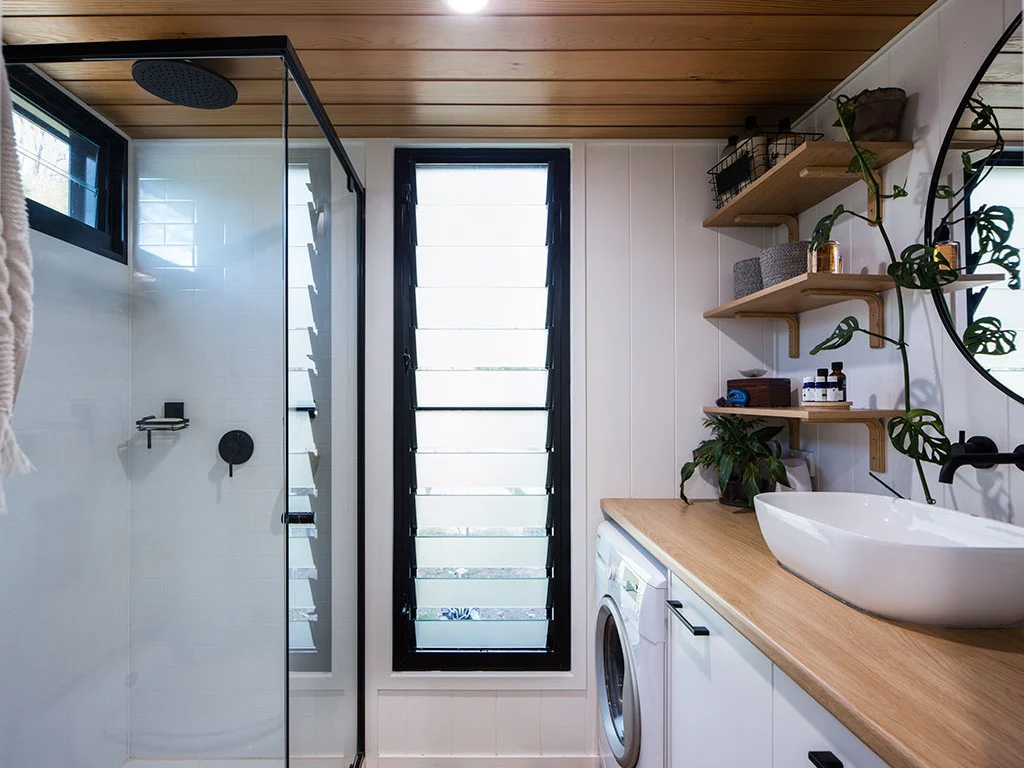
Efficiency is key when it comes to water usage in a tiny home. By making smarter choices with appliances, habits, and maintenance, you can drastically reduce your consumption while still enjoying all the comforts of home. Here’s how to do it.
Choose the Right Appliances and Fixtures
Choosing water-saving appliances is one of the most straightforward ways to reduce usage. Low-flow showerheads are designed to minimise water flow without compromising pressure.
Compact washing machines tailored for tiny spaces use less water and energy. Composting toilets, in particular, are a game-changer, as they completely eliminate the need for water in waste management.
Develop Conscious Water Habits
Small changes in your daily routine can have a big impact:
- Limit showers to 5 minutes or less.
- Wash dishes in a basin instead of running water.
- Reuse water whenever possible, like using leftover cooking water for plants.
- Turn off the tap while brushing your teeth or scrubbing dishes.
Stay on Top of Maintenance
Leaks are a silent water-waster. Here’s how to stay ahead:
- Regularly inspect pipes, connections, and appliances for signs of wear.
- Replace worn-out parts promptly.
- Clean filters to ensure systems are running efficiently.
Eco-Friendly Solutions for Tiny House Water Management
Tiny homes and eco-friendly living go hand in hand. By adopting green solutions for water management, you can reduce your environmental impact while keeping things practical. Let’s explore some innovative options.
Rainwater Harvesting Done Right
Rainwater harvesting isn’t just eco-friendly; it’s practical. Here’s how to optimise it:
- Use wide gutters to capture more water.
- Install a first-flush system to divert debris and dirt.
- Store water in food-grade tanks and treat it with UV light or filters for safe use.
The Role of Smart Water Monitoring Systems
Smart water monitoring systems can revolutionise how you manage consumption. These systems track water usage in real-time, allowing you to make informed adjustments to your habits. Some even alert you to leaks or unusual spikes in consumption, ensuring you don’t waste a drop.
Explore Renewable Energy Water Solutions
Combining water systems with renewable energy sources like solar-powered pumps creates a sustainable, low-impact lifestyle. These systems are not only environmentally friendly but also cost-effective in the long run.
Additional Considerations for Tiny House Water Systems
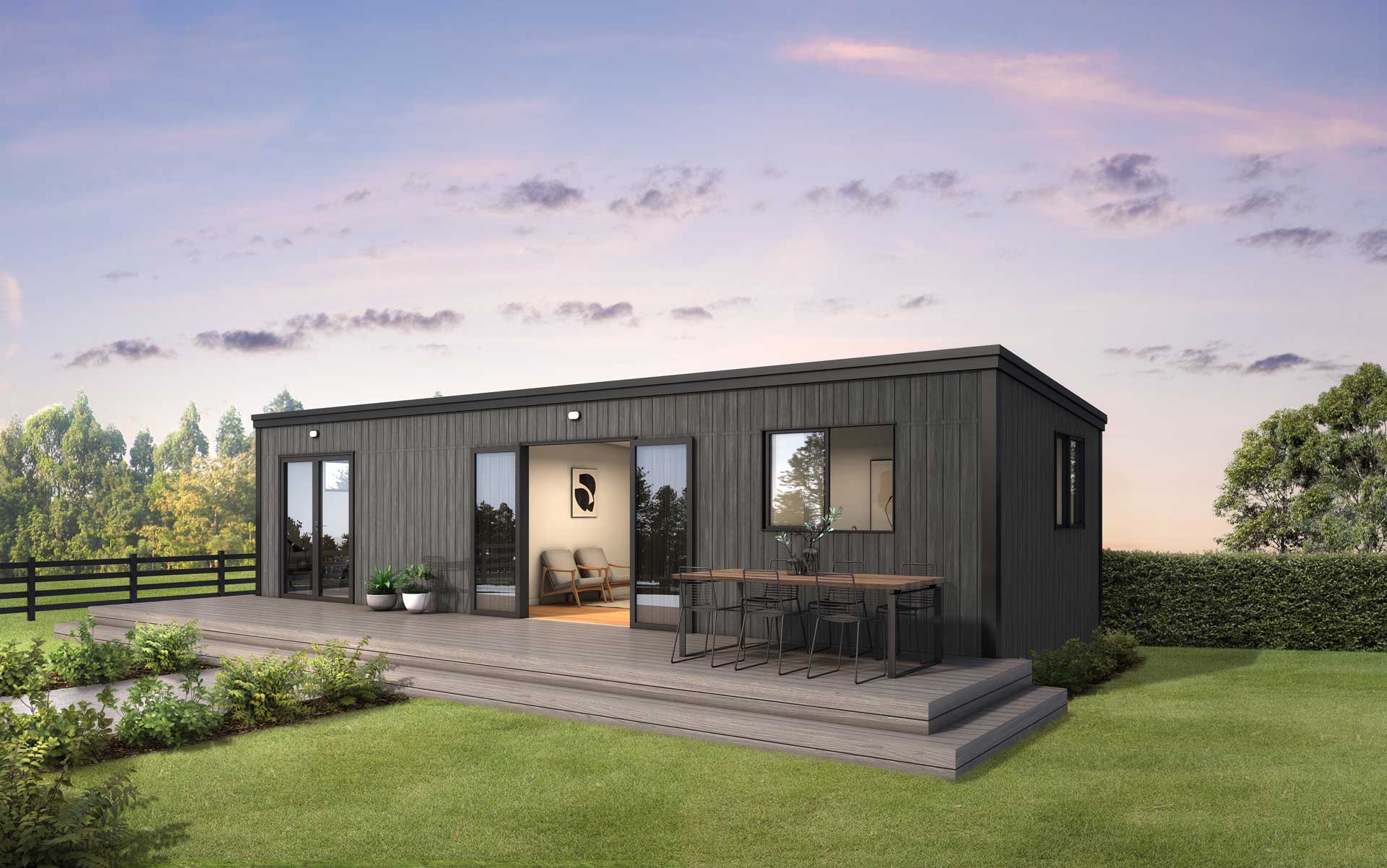
There’s more to tiny house water systems than meets the eye. From climate and location to local regulations, several factors can influence your setup. Here are some key points to keep in mind as you plan.
Climate and Location
The climate and location of your tiny house heavily influence its water system. In arid regions, rainwater harvesting may require supplementation with portable tanks. Conversely, in colder climates, insulating water pipes and tanks is crucial to prevent freezing.
Regulations and Permits
Before installing any water system, it’s vital to check local regulations. Some areas have strict rules about rainwater collection, greywater reuse, and septic systems. Researching these requirements beforehand can save you time and ensure compliance.
Create a Sustainable Tiny Home with Smarter Spaces
Living in a tiny house means being mindful of water usage, but with the right systems and habits, it’s easier than you might think. By adopting efficient solutions, you can enjoy all the comforts of a traditional home while dramatically reducing your environmental impact.
At Smarter Spaces, we specialise in crafting innovative modular homes that are stylish, efficient, and perfectly suited for sustainable living. Our designs incorporate smart features to help you manage resources effectively, so your tiny home is as practical as it is beautiful.
Ready to take the next step toward eco-friendly tiny living? Contact us today to explore our range of modular homes and start enjoying the sustainable lifestyle you’ve always dreamed of!


